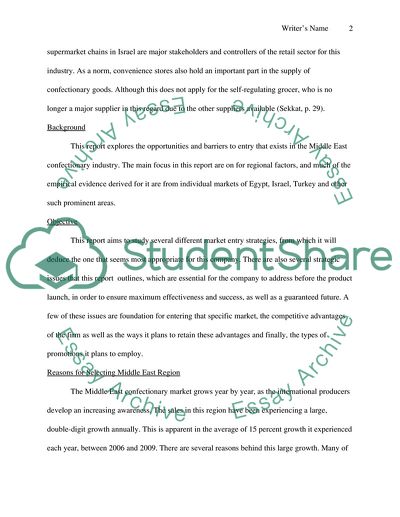Cite this document
(International Marketing in the Middle East Admission/Application Essay - 1, n.d.)
International Marketing in the Middle East Admission/Application Essay - 1. Retrieved from https://studentshare.org/marketing/1751051-international-marketing
International Marketing in the Middle East Admission/Application Essay - 1. Retrieved from https://studentshare.org/marketing/1751051-international-marketing
(International Marketing in the Middle East Admission/Application Essay - 1)
International Marketing in the Middle East Admission/Application Essay - 1. https://studentshare.org/marketing/1751051-international-marketing.
International Marketing in the Middle East Admission/Application Essay - 1. https://studentshare.org/marketing/1751051-international-marketing.
“International Marketing in the Middle East Admission/Application Essay - 1”, n.d. https://studentshare.org/marketing/1751051-international-marketing.


